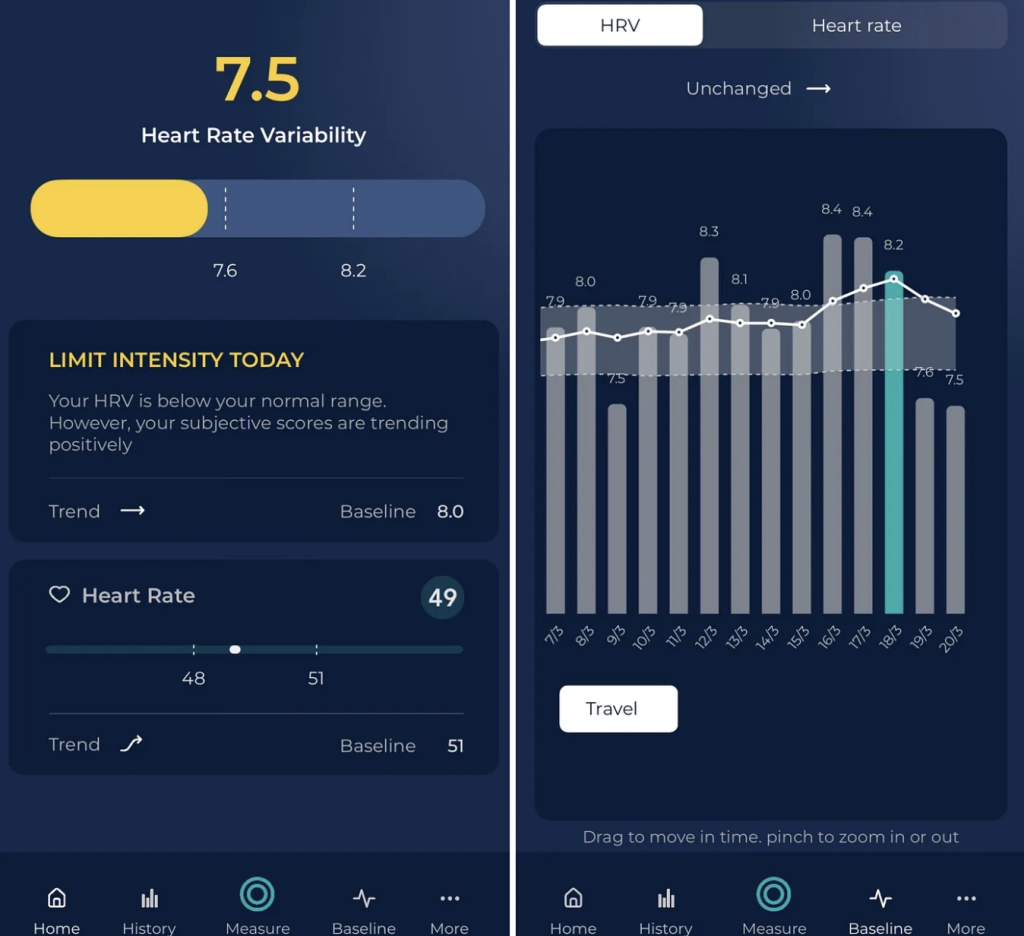Knowing how ready your body is for the day’s training can be challenging. Some days you just know you feel rough, maybe you have a virus or you are short on sleep or there are life stresses occupying your mind. Other days you feel fine, but when you start your workout you find that your performance is lacklustre.
Why is this?
Many times it’s because your body is too tired, too stressed or starting a virus. There’s an easy way to find out how “prepared” for training you are each day – Heart Rate Variability or HRV.
HRV is the measure of the variation in time between heartbeats, measured in milliseconds. For example, sometimes your heart might beat every 1.2 seconds; other times, it might beat at 0.8 seconds.
The human body continuously adjusts to maintain a state of balance, homeostasis. Our heart rate, blood pressure, glucose level and hormones all react to stress and the autonomic nervous system works to keep everything in balance.
Heart rhythm (and therefore HRV) at rest is regulated by the parasympathetic branch of the autonomic nervous system, the one in charge of rest and recovery. Measuring HRV is an effective way to capture your current response to stress.
Researchers have found that tiny differences between heart beats give a strong indication of your state of readiness for training. Until recently these measurements required specialist equipment, but now modern smartphones can take your heart rate using the camera app.
A daily 1-2 minute heart rate measurement is all you need to get started with HRV. During the measurement, sit still and breathe normally. Your HRV measurement is a number, mine is between 7.1 and 8.2 most days. Outside this range indicates excess stress and that an adjustment to your training may be warranted.
Enter the HRV4Training app. HRV can also be measured with an Apple watch, Garmin watch and other personal health apps.
Your personal range scores are established after a week of daily measurements. A lower than normal score indicates stress. I’ve found this useful for making small adjustments to my training once I know my daily state of HRV readiness.

HRV App output showing a day where the athlete suffers stress. Image credit: Marco Altini
Marco Altini is the rowing world’s HRV expert and Rebecca did a podcast episode with him to find out more about how HRV works and the ways rowers can use it.
Marco Altini explains HRV for rowers
Try it out for yourself and see if you can get improved training outcomes by applying a tiny but more science to your workouts.


